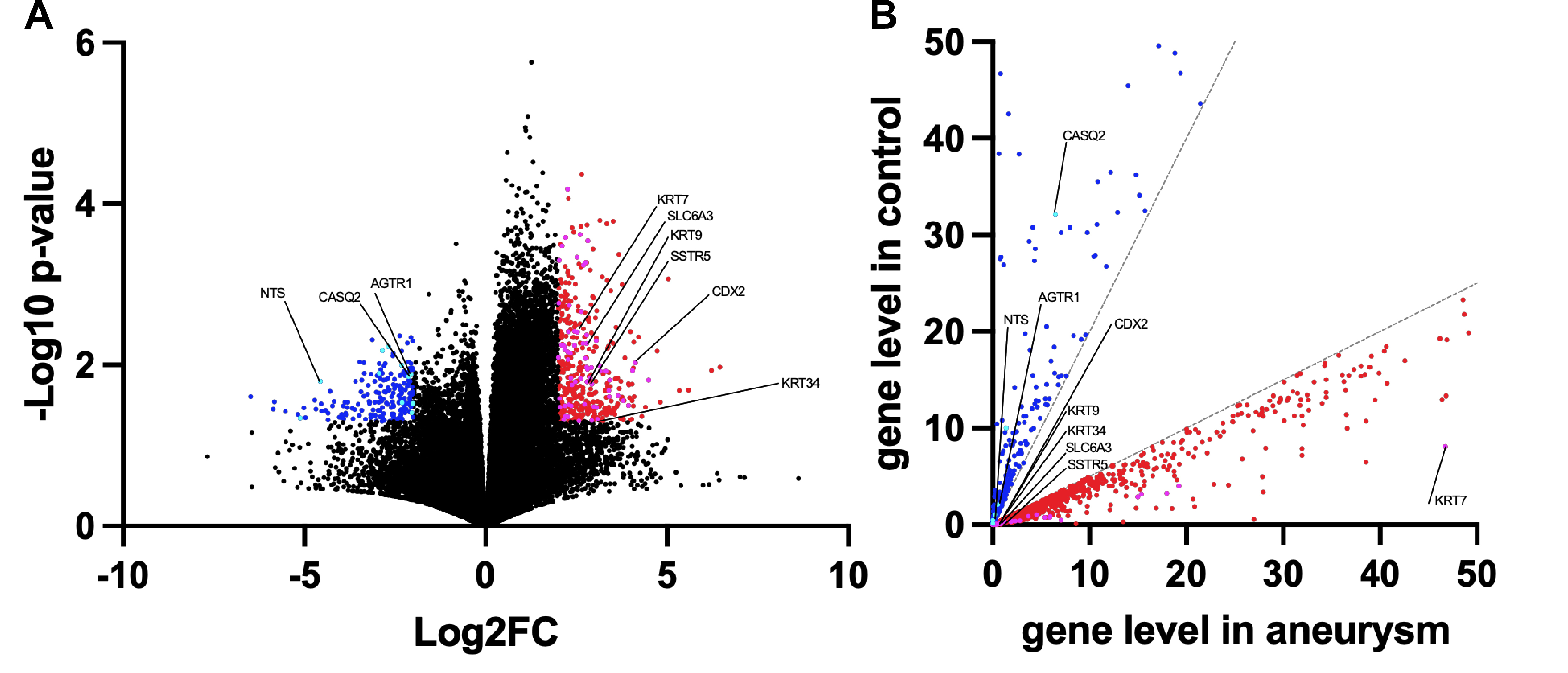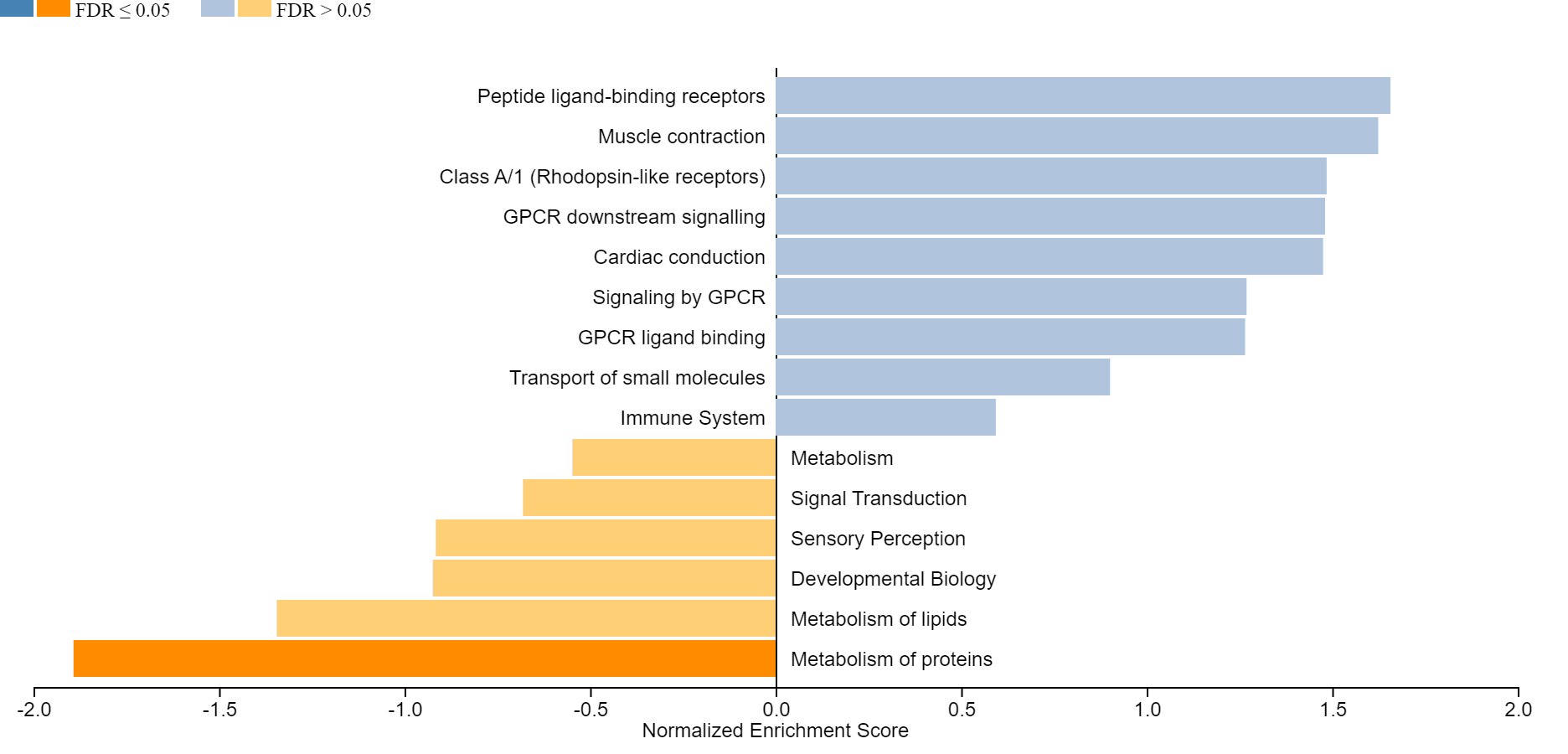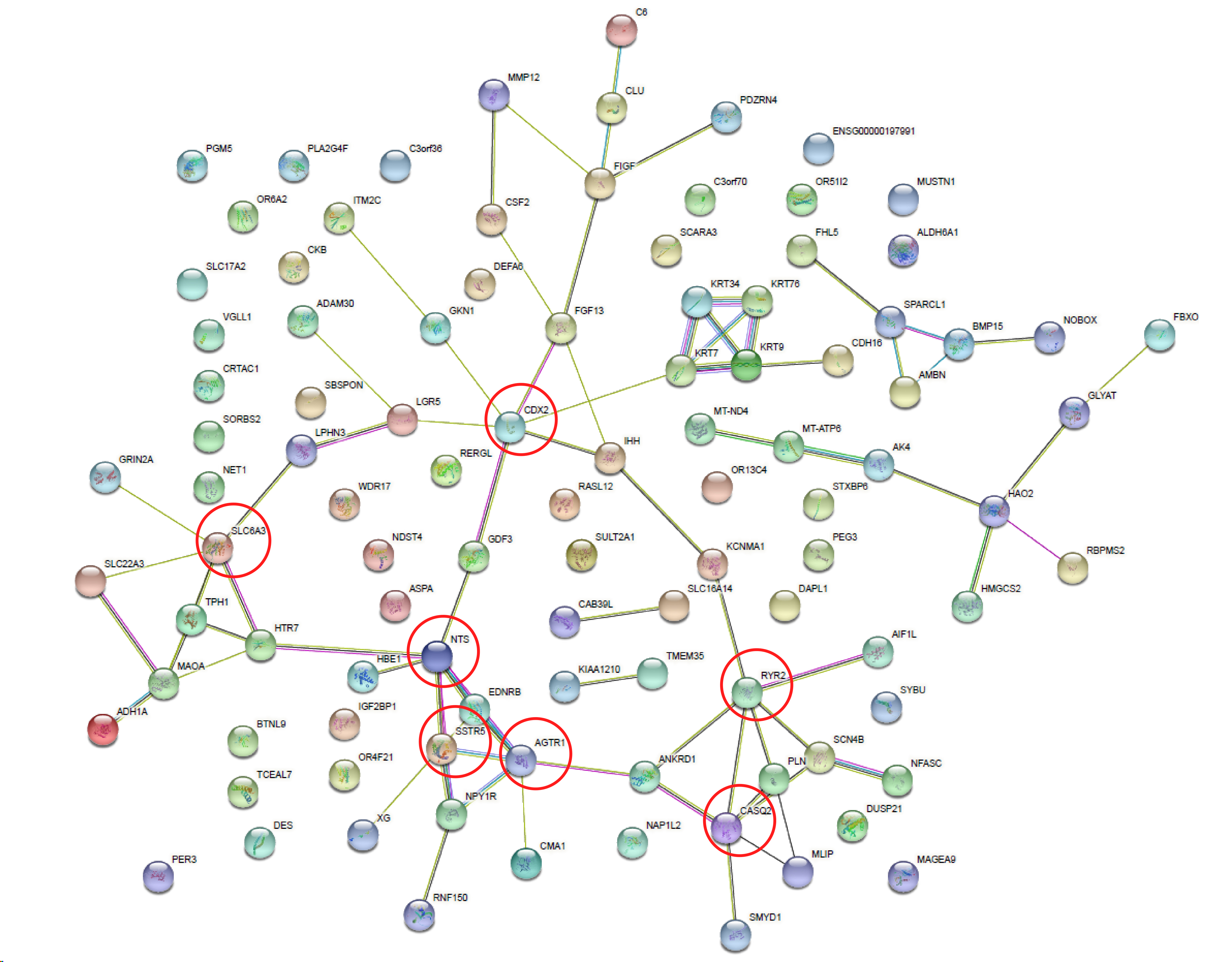Final ID: TMP1
Identification of True Biomarkers for Unruptured Cerebral Aneurysms through Revisiting Cerebral Aneurysm Transcriptomes
Abstract Body: A cerebral aneurysm (CA) is an abnormal artery deformation in the brain that may lead to hemorrhagic stroke, brain damage, coma, and even death when a CA ruptures. Studies have searched for biomarkers for CA to provide early and easy diagnosis of unruptured CA through blood transcriptome analysis; however, biomarkers from individual studies cannot be validated across studies due to sample size. We hypothesized that increasing CA sample size will allow more robust biomarker identification. We revisited unruptured CA transcriptomes, pooling 3 datasets from 6 manuscripts published between 2016 and 2021 for a total of 100 samples (38 normal and 62 unruptured CA). Reanalysis of the differentially expressed genes (DEGs) in the pooled transcriptomes filtered 603 genes from 39,376 (~1.5%) which showed a significant difference (p<0.05) and more than a 4-fold change in DEG (Image 1). Gene Set Analysis (GSA) for gene clustering, REACTOME for pathway enrichment, and STRING for hub gene networks were then applied to identify significantly altered pathways of filtered genes. In GSA, neuroactive ligand-receptor interaction (hsa04080), calcium signaling pathway (hsa04020), metabolic pathways (hsa01100), and diabetic cardiomyopathy (hsa05415) were the most enriched pathways in unruptured CA. REACTOME analysis identified peptide ligand-binding receptors (HSA375276) and 4 other GPCR-associated pathways (HSA373076, HSA388396, HSA372790, HSA500792) related to hsa04020, and cardiac conduction (HSA5576891) and 2 other associated pathways (HSA397014, HSA382551) related to hsa04020 (Image 2). STRING functional protein analysis highlighted as the hub genes networking to other genes: NTS (gut/brain regulatory peptide neurotensin), CDX2 (regulator involved in development, inflammation, and oncogenesis), ATGR1 (vasopressor hormone Angiotensin II), CASQ2 (calcium-binding cardiac muscle family member calsequestrin) (Image 3). Significantly, all these hub genes are known to participate in the above pathways. Finally, the expression levels of filtered genes were validated using another unruptured CA dataset from NCBI. 76.5% of the highly expressed protein-coding genes showed the same trend in validation and were confirmed as unruptured CA biomarkers. Intriguingly, only 7 of 141 previously claimed biomarkers were identified in this study. Overall, this study sheds light on discovering a more realistic set of biomarkers in unruptured CA and benefits the development of CA pre-diagnosis.
More abstracts on this topic:
Age-linked PVAT dysfunction and sex-specific signatures: Unveiling the pathobiology and phenotypes associated with CABG graft patency
Ryu Ji-yeon, Jang Eui Hwa, Shin Yejin, Youn Young-nam
Atlas of Distal Nephron Mineralocorticoid Receptor-Dependent Transcriptome Reveals Novel Aldosterone ActionsWelling Paul, Jung Hyun Jun, Su Xiao-tong, Kim Boyoung, Alqusairi Lama, Fenton Robert, Ellison David
Readers' Comments
We encourage you to enter the discussion by posting your comments and questions below.
Presenters will be notified of your post so that they can respond as appropriate.
This discussion platform is provided to foster engagement, and simulate conversation and knowledge sharing.
You have to be authorized to post a comment. Please, Login or Signup.
Rate this abstract
(Maximum characters: 500)



